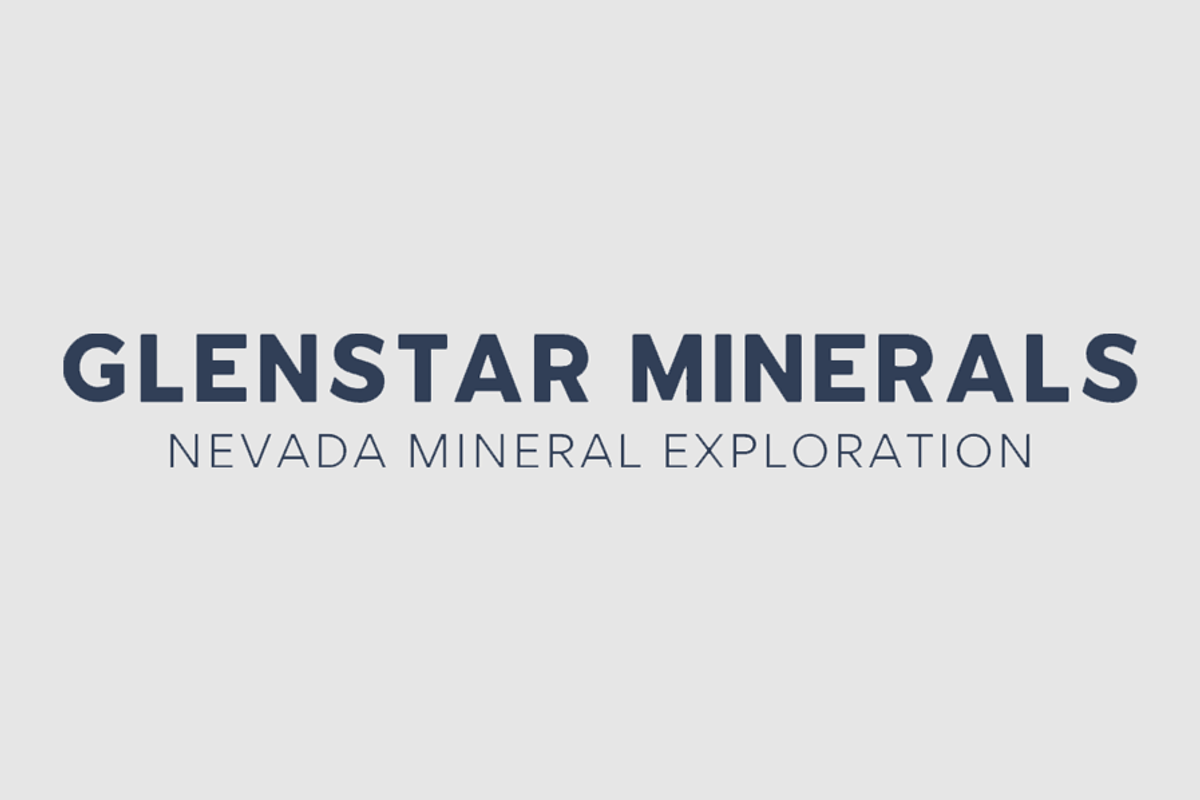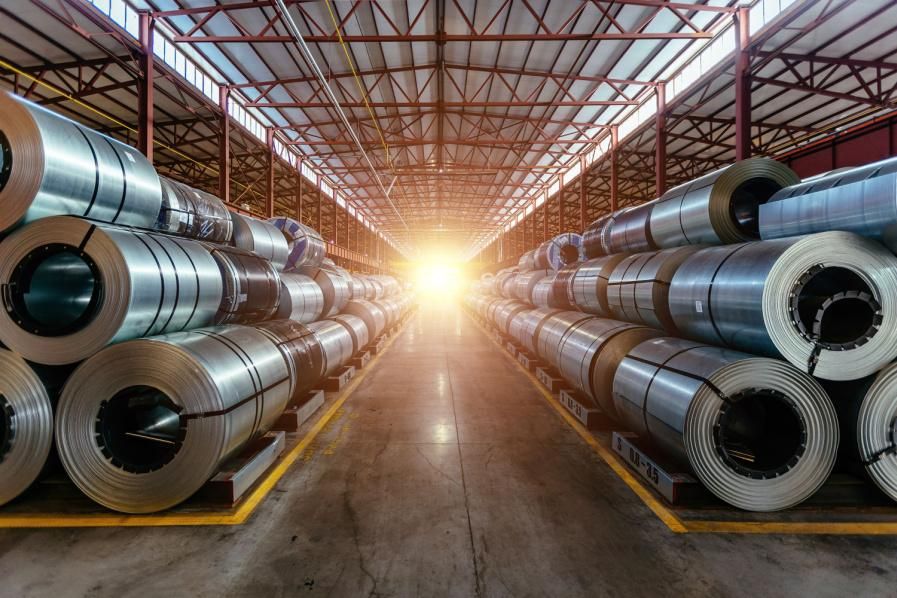
March 15, 2022
Dalaroo Metals Ltd (ASX: DAL or "Company") is pleased to provide an update on exploration activities from its Lyons River Project in Western Australia, where its program of RC drilling has been successfully completed at the Four Corners prospect (Figures land 2). Lyons River comprises a strategic (100% owned) land position of 703 km2 within the Proterozoic Mutherbukin Zone of the Gascoyne Province.
Highlights
• Eight RC holes completed totalling 1,989 metres extend BHT/SEDEX style lead (Pb) -zinc (Zn) mineralisation at Four Corners prospect, Lyons River Project
• Assays highlight shallow near surface zones of notable lead-zinc mineralisation
• Significant silver (Ag) intercepts coincident with lead zinc assays verify BHT/SEDEX setting model
• Drill hole LRRC001 intersects lm @ 0.43% Pb, 0.95% Zn and 7.5 g/t Ag from 47m
• Drill hole LRRC006 returns encouraging results of 9m @ 0.34 % Pb and 0.21% Zn from 140m including 5m @ 0.38% Pb, 0.26% Zn and 1.5 g/t Ag from 144m
• Over 500m strike length of lead-zinc mineralization outlined at the NE zone with the 2.5km long, Induced Polarisation (IP) anomaly at Four Corners
• Lead-zinc mineralization at NE zone remains open to the north, east and west
The assay results confirm the district as an emerging Broken Hill Type ("BHT") / Sedimentary Exhalative ("SEDEX") deposit setting.
A total of eight RC drill holes for 1,989 metres ranging in depth from 219 to 287 metres were completed in the December Quarter 2021 (Figure 1 and Table 1). The RC drill programme at the Four Corners prospect was designed to test several base metal targets and follow up on the encouraging Pb-Zn results corresponding with the metamorphosed stratabound sequence of pyritic psammitic and pelitic rocks intersected previously by four EIS funded diamond drill holes during late 2020 within the 2.5km long IP anomaly peaking at 33 mV/V (Figure 1). Previously outlined lead-zinc-copper mineralization (comprising — values of up to 2.3% Pb, 0.3% Zn, 0.9% Cu & 4g/t Ag) at the Central zone occurs over a strike length 200m.
Dalaroo's RC drilling programme was successful in intersecting zones of interbedded psammitic to pelitic plus mafic lithologies together with multiple zones of disseminated base metal sulphides associated with significant pyrite intervals. The psammitic to pelitic and mafic lithologies display varying garnet intensities that appear laterally extensive. In addition to extending Pb-Zn mineralsation along strike, the programme has provided geological constraints on the underlying stratigraphic package at Four Corners prospect, which will be crucial for targeting of future work programs at Lyons River.
Click here for the full ASX Release
This article includes content from Dalaroo Metals, licensed for the purpose of publishing on Investing News Australia. This article does not constitute financial product advice. It is your responsibility to perform proper due diligence before acting upon any information provided here. Please refer to our full disclaimer here.
DAL:AU
The Conversation (0)
16 December
Korea Zinc Unveils US$7.4 Billion Plan for First US Zinc Smelter in Decades
Korea Zinc (KRX:010130) plans to invest US$7.4 billion to build a zinc smelter and critical minerals processing facility in the US, marking the first new US-based zinc smelter since the 1970s.The world’s largest zinc smelter said the facility will be built in Tennessee and will produce... Keep Reading...
08 December
Electric Royalties Provides Update on Critical Metals Royalty Portfolio
VANCOUVER, BC / ACCESS Newswire / December 8, 2025 / Electric Royalties Ltd. (TSXV:ELEC,OTC:ELECF)(OTCQB:ELECF) ("Electric Royalties" or the "Company") is pleased to provide an update on key royalties in its portfolio, adding to the December 2, 2025 announcement of royalty revenues and other... Keep Reading...
02 December
Electric Royalties: Several Copper Royalties Make Strides and Copper Royalty Revenues Rise
VANCOUVER, BC / ACCESS Newswire / December 2, 2025 / Electric Royalties Ltd. (TSXV:ELEC,OTC:ELECF)(OTCQB:ELECF) ("Electric Royalties" or the "Company") is pleased to provide an update on growing revenues and progress within its copper royalty portfolio.Electric Royalties CEO Brendan Yurik... Keep Reading...
24 November
Glenstar Receives Drill Permit for Phase 2 Program at Green Monster Project
Glenstar Minerals Inc. (CSE: GSTR) (OTCQB: GSTRF) (FSE: VO20) ("Glenstar" or the "Company") announces that it has granted a permit by the Bureau of Land Management (the "BLM") to conduct the Phase 2 drill program at its Green Monster Project in southwestern Nevada.The permit allows the Company... Keep Reading...
06 November
Electric Royalties Ltd. Announces Closing of $1,000,000 Private Placement
VANCOUVER, BC / ACCESS Newswire / November 6, 2025 / Electric Royalties Ltd. (TSXV:ELEC,OTC:ELECF)(OTCQB:ELECF) ("Electric Royalties" or the "Company") is pleased to announce that it has closed a non-brokered private placement financing (the "Private Placement") of common shares of the Company... Keep Reading...
13 August
Zinc Stocks: 4 Biggest Canadian Companies in 2025
The price of zinc was on the rise in 2024, but this year has been a different story. The metal's value has trended down for most of 2025 on the back of increased supply and weakening demand. Many base metals have taken hit from lagging demand in recent years due to sticky inflation and higher... Keep Reading...
Latest News
Interactive Chart
Latest Press Releases
Related News
TOP STOCKS
American Battery4.030.24
Aion Therapeutic0.10-0.01
Cybin Corp2.140.00



